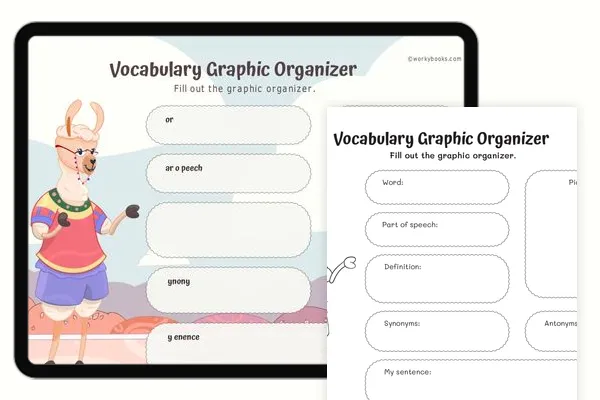Valentine's Day Homophones Worksheet
- 2
- L.2.4.A
- L.2.4
This learning resource is available in interactive and printable formats. The interactive worksheet can be played online and assigned to students. The Printable PDF version can be downloaded and printed for completion by hand.
About the Worksheet
This interactive and printable worksheet,, titled "Valentine's Day Homophones," is a valuable resource for students to explore and practice the concept of homophones. Homophones are words that are pronounced the same but have different meanings and spellings, which can be a challenging aspect of language for young learners. This worksheet presents a series of sentences with missing words, and students are required to fill in the blanks with the correct homophone from the provided options.
By engaging with this worksheet, students can enhance their understanding of homophones, improve their vocabulary, and develop their language skills. The worksheet covers a range of homophone pairs, such as "bee" and "be," "see" and "sea," "hear" and "here," and more, providing a comprehensive learning experience for students.
What will your child learn through this worksheet?
- Recognize and understand the concept of homophones.
- Identify the correct homophone to use in a given context.
- Strengthen vocabulary and language skills.
- Develop problem-solving and critical thinking abilities.
Learning Outcomes
Cognitive:
- Demonstrate knowledge of homophone definitions and usage.
- Analyze sentence context to determine the appropriate homophone.
Psychomotor:
- Accurately write the correct homophone in the provided blanks.
Affective:
- Develop an appreciation for the nuances of the English language.
- Foster a sense of achievement and confidence in language skills.
Interpersonal/Social:
- Collaborate with peers to discuss and compare answers, if applicable.
- Demonstrate effective communication skills through the use of appropriate homophones.
Tags
valentine's day, homophones, language arts, vocabulary, spelling, critical thinking, problem-solving, worksheet, educational resources
Common Core Standards Covered
Perfect For:
- • Classroom assignments
- • Auto-graded assessments
- • Printable handouts
- • Home learning support
- • Homework help
- • Skill reinforcement
- • Curriculum planning
- • Self-paced learning
- • Progress tracking






















